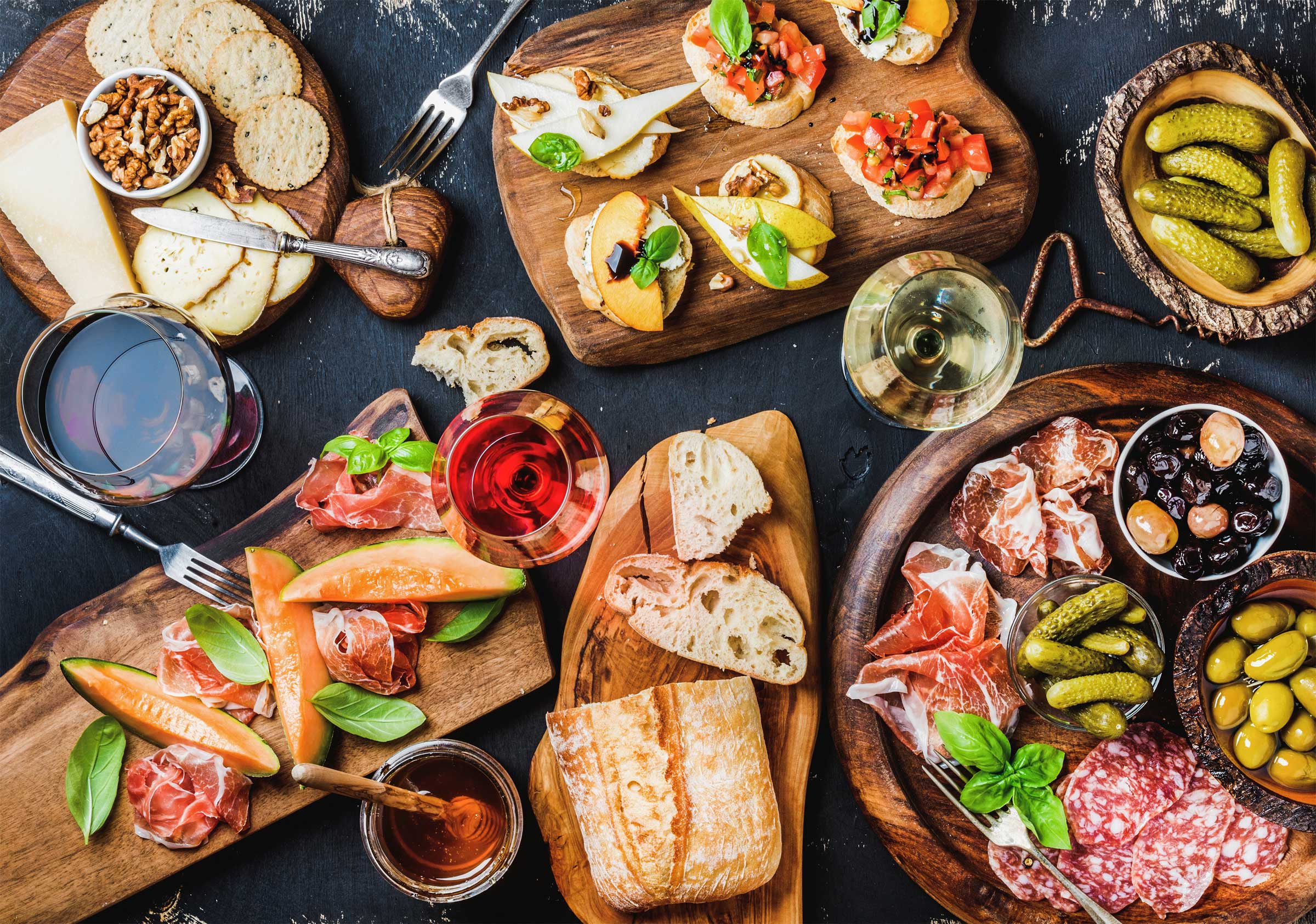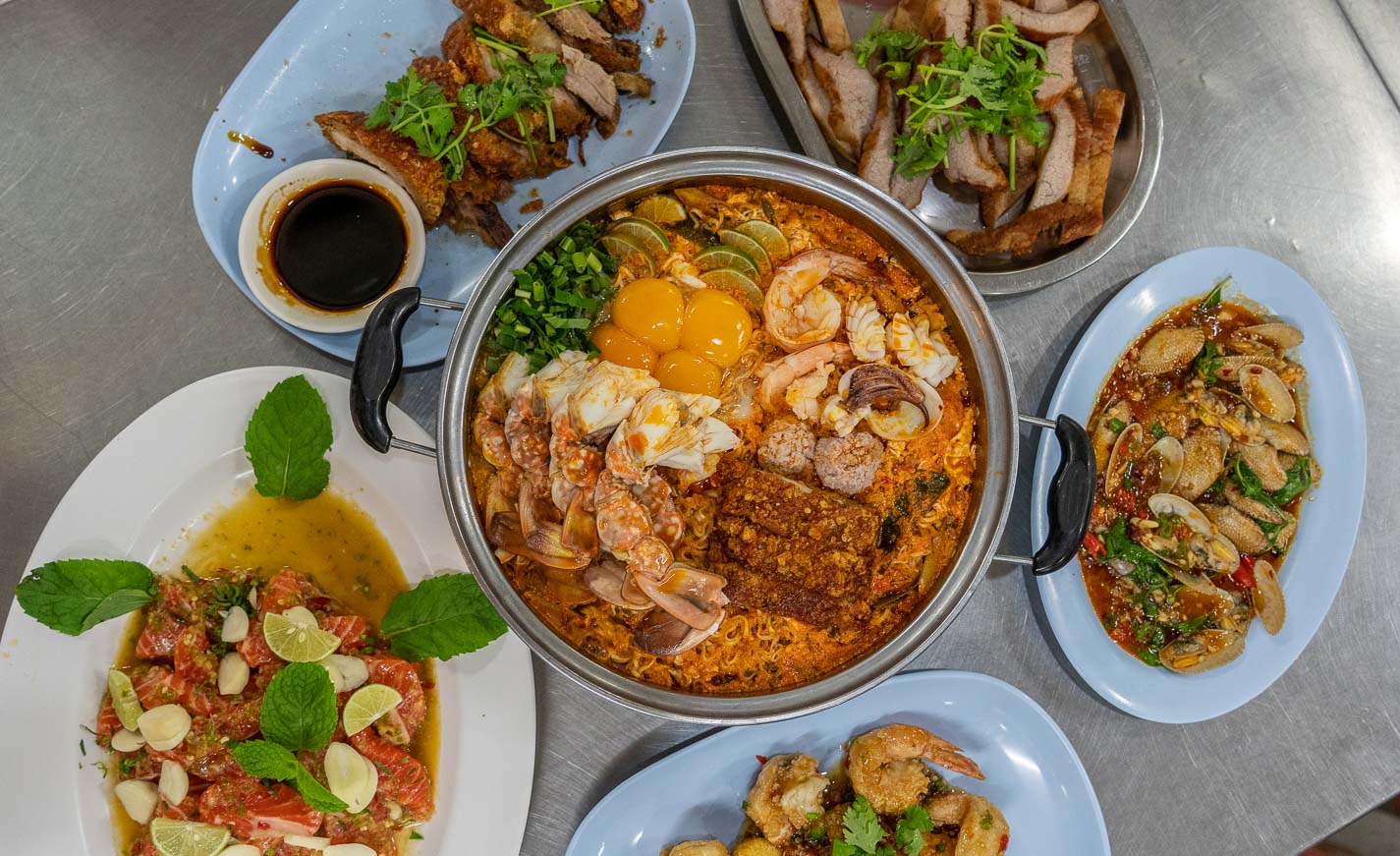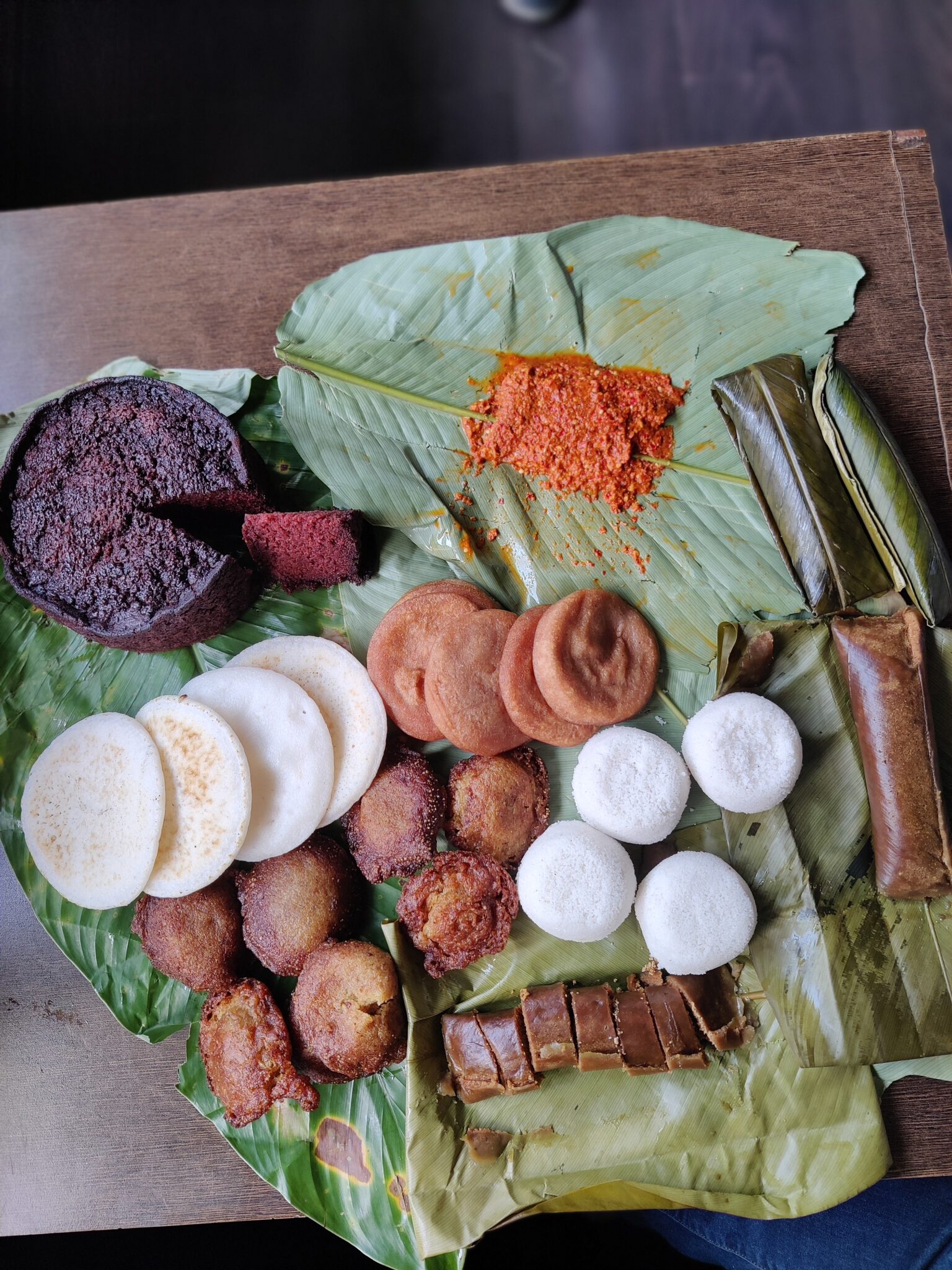The Food Truck Service Window: Your Gateway to Culinary Success pickup.truckstrend.com
In the vibrant, fast-paced world of mobile gastronomy, there’s one critical component that stands as the primary interface between a bustling kitchen and hungry customers: the food truck service window. More than just an opening in the side of a vehicle, this seemingly simple aperture is the nerve center of a food truck operation, a carefully designed portal that dictates efficiency, enhances customer experience, and projects the very essence of a brand. It’s where orders are placed, payments are exchanged, and delicious creations are delivered, making it arguably the most vital piece of real estate on any food truck. Understanding its multifaceted role, from its design and functionality to its operational impact, is paramount for any aspiring or seasoned food truck entrepreneur.
This comprehensive guide will delve into every aspect of the food truck service window, exploring its importance, various types, design considerations, operational best practices, potential challenges, and much more. By the end, you’ll appreciate why this seemingly small detail holds the key to a food truck’s success.
The Food Truck Service Window: Your Gateway to Culinary Success
The Heart of the Operation: What is a Food Truck Service Window?
At its core, a food truck service window is the dedicated opening in the exterior wall of a food truck through which all customer interactions occur. It’s the point of sale, the communication hub, and the delivery chute for every order. Think of it as the storefront of a brick-and-mortar restaurant, condensed and optimized for mobility.
But it’s far more than just a hole in the wall. A well-designed service window incorporates a counter for transactions and food presentation, often features a mechanism for opening and closing (like a lift-up awning or sliding panels), and is constructed from materials that are durable, hygienic, and aesthetically pleasing. It acts as a protective barrier, separating the food preparation area from the public while still allowing for seamless, friendly engagement. From a customer’s perspective, it’s their first physical point of contact with your brand, and the efficiency and appearance of this window can significantly shape their perception of your service and quality.
Why the Service Window Matters: Benefits Beyond the Transaction
The strategic importance of the food truck service window cannot be overstated. Its impact extends far beyond simply taking orders and handing out food, influencing critical aspects of your business.
- Efficiency and Speed: A well-designed service window facilitates a smooth workflow. With adequate counter space and a logical layout, staff can quickly take orders, process payments, and deliver food, minimizing wait times and maximizing throughput. This is crucial for high-volume events where speed is king.
- Enhanced Customer Experience: The service window is the primary point of human interaction. A friendly face, clear communication, and an inviting setup can significantly improve customer satisfaction. An integrated exterior shelf provides a convenient place for customers to rest their drinks or belongings while waiting, adding to their comfort.
- Branding and Aesthetics: The service window is a prominent feature of your truck’s exterior, offering a prime opportunity for branding. Its design, materials, and how it frames your staff can convey professionalism, cleanliness, and the unique personality of your brand. Custom signage, menu displays, and lighting around the window can further enhance its visual appeal.
- Operational Control and Hygiene: The window acts as a controlled gateway, limiting public access to the kitchen area, which is vital for maintaining health code compliance and food safety. When closed, it secures the truck’s interior, protecting equipment and inventory from theft or environmental elements.
- Weather Protection: Many service window designs, particularly the popular concession-style lift-up windows, offer an overhang or awning. This provides crucial shelter for both staff and customers from sun, rain, or even light snow, making the ordering process more comfortable regardless of the weather.


Types and Styles of Food Truck Service Windows
The choice of service window style significantly impacts a food truck’s aesthetics, functionality, and operational flow. Here are the most common types:
-
Concession Window (Awning/Lift-Up Window):
- Description: This is arguably the most popular type. The entire window panel lifts upwards and outward, often supported by gas struts, forming an awning.
- Benefits: Provides excellent shade and rain protection for both customers and staff. Creates a large, open feel, inviting interaction. Often includes an integrated counter underneath.
- Considerations: Requires sufficient vertical clearance when open. Can be heavy and may require strong struts.
-
Sliding Windows:
- Description: Similar to residential windows, these consist of two or more panels, with one or more sliding horizontally to open.
- Benefits: Space-saving as they don’t protrude outwards. Offer good security when closed. Relatively simple mechanism.
- Considerations: Limited opening size compared to concession windows. Does not provide weather protection.
-
Bi-Fold/Folding Windows:
- Description: Multiple panels that fold accordion-style to one or both sides, creating a very wide, unobstructed opening.
- Benefits: Creates a large, open "storefront" feel, blurring the lines between interior and exterior. Very modern and aesthetically pleasing.
- Considerations: More complex mechanism, potentially higher cost. Requires space on the sides for the folded panels.
-
Roll-Down/Shutter Windows:
- Description: A solid panel that rolls up or down, similar to a garage door or security shutter.
- Benefits: Primarily for security when the truck is closed. Offers a clean, flush exterior when shut.
- Considerations: Not typically used as the primary operational service window due to lack of counter space or aesthetic appeal when open. Often paired with another window type for operation.
-
Combination Windows:
- Description: Utilizes elements of different types, e.g., a lift-up awning over a fixed glass panel with a small sliding window for transactions.
- Benefits: Offers customized functionality, combining the best aspects of different styles.
- Considerations: Can be more complex to design and fabricate.

The best choice depends on your specific menu, operational needs, budget, and desired aesthetic.
Designing Your Ideal Service Window: Key Considerations
A well-designed service window is a blend of functionality, durability, and visual appeal. When planning or customizing your food truck, pay close attention to these elements:
-
Size and Placement:
- Height: Ensure the interior counter height is ergonomic for your staff (typically 36-42 inches from the floor) and the exterior customer shelf is at a comfortable height for patrons (around 38-42 inches).
- Width: Wide enough to comfortably serve customers, potentially allowing two staff members to work side-by-side during peak hours. A minimum of 4-6 feet is often recommended.
- Location: Typically on the side of the truck that faces pedestrian traffic, away from exhaust vents or noisy generators. Consider traffic flow around your truck.
-
Counter Space:
- Interior: Adequate space for POS systems, food plating, order staging, and condiment stations.
- Exterior (Customer Shelf): A sturdy, wide shelf is essential for customers to place bags, drinks, or wait for their order. Stainless steel is highly recommended for hygiene and durability.
-
Materials:
- Window Frame: Aluminum or stainless steel are durable, rust-resistant, and easy to clean.
- Glass: Tempered safety glass is standard. Consider insulated glass for temperature control.
- Counters: Stainless steel is the industry standard for food service due to its hygiene, durability, and ease of cleaning.
- Hardware: High-quality hinges, latches, and gas struts (for concession windows) are crucial for longevity and smooth operation.
-
Ventilation and Lighting:
- Ventilation: While the main exhaust hood handles cooking fumes, good airflow around the window area can prevent heat buildup and keep the serving area comfortable.
- Lighting: Adequate interior task lighting at the window is crucial for staff. Exterior accent lighting can make your truck visible and inviting, especially at night.
-
Accessibility (ADA Compliance): While mobile food units often have more relaxed ADA requirements than permanent structures, it’s good practice to consider accessibility. A lower portion of the exterior counter, or an easily accessible side table, can be beneficial for customers using wheelchairs. Always check local regulations.
-
Security Features: Robust locking mechanisms are essential to secure your truck when closed. The window frame itself should be sturdy enough to deter forced entry.
-
Branding Integration: Design the window to seamlessly integrate with your truck’s overall branding. This includes color schemes, custom vinyl wraps around the frame, and strategically placed menu boards or logos.
Optimizing Service Window Operations: Practical Tips
Even the best-designed window needs efficient operational practices to truly shine.
- Streamlined Workflow: Assign clear roles to staff (e.g., one person takes orders/payments, another expedites food, another hands it out). Minimize unnecessary movements.
- Integrated POS System: A modern point-of-sale (POS) system at the window can dramatically speed up order taking, payment processing, and kitchen communication.
- Clear and Concise Signage: Your menu board should be easy to read and understand from a distance. Clearly mark payment options, specials, and pick-up instructions.
- Queue Management: If space allows, use retractable stanchions or floor markings to guide customers and maintain an orderly queue. Clearly designate an order line and a separate pick-up line if your volume warrants it.
- Exceptional Communication: Train staff to be friendly, articulate, and efficient. Clear verbal communication at the window avoids misunderstandings and enhances the customer experience.
- Impeccable Cleanliness: Regularly wipe down the interior and exterior of the window, including the counter. A clean window reflects positively on your entire operation and adheres to health codes.
- Weather Preparedness: For concession windows, ensure the awning is deployed during rain or strong sun. Consider adding portable heaters or fans nearby if operating in extreme temperatures (and local regulations allow).
- Condiment Station: If space permits, a small, easily accessible self-serve condiment station can free up staff time. Ensure it’s kept clean and stocked.
Challenges and Solutions
Operating a food truck service window isn’t without its hurdles. Being prepared for common challenges can save you time and stress.
- Long Queues:
- Solution: Optimize workflow, consider a pre-order system via an app, or if feasible, a dual-window setup (order window and pick-up window).
- Weather Exposure:
- Solution: Invest in a high-quality concession window with a good overhang. Position your truck strategically to use natural shelter or avoid direct sun/wind. Portable umbrellas for customers can also help.
- Limited Space:
- Solution: Maximize vertical space with shelving. Utilize multi-functional counters (e.g., a cutting board that slides over the sink when not in use). Keep only essential items at the window.
- Security Concerns:
- Solution: Install robust locks, consider security cameras, and ensure the window frame is reinforced. Always close and secure the window when unattended.
- Maintenance of Window Mechanisms:
- Solution: Regular cleaning and lubrication of hinges, struts, and sliding tracks. Promptly address any sticking or misalignment to prevent costly repairs.
Food Truck Service Window Pricing Guide
The cost of a food truck service window can vary significantly based on type, size, materials, features, and whether it’s a new installation or a retrofit. The prices below are estimates and can fluctuate based on market conditions, supplier, and customization.
| Feature/Type | Description | Estimated Price Range (USD) | Notes |
|---|---|---|---|
| Basic Sliding Window | Simple horizontal slide, single pane glass, aluminum frame. No exterior shelf. | $500 – $1,500 | Often smaller, less weather protection. Best for low-volume or secondary window. |
| Standard Concession Window | Lift-up style, tempered glass, aluminum or stainless frame, gas struts, basic exterior counter. | $1,500 – $3,500 | Most common type. Good balance of cost and functionality. |
| Premium Concession Window | Larger size, heavier duty construction, insulated glass, built-in LED lighting, robust struts, high-grade stainless steel counters. | $3,500 – $6,000+ | Enhanced durability, aesthetics, and features. Ideal for busy operations. |
| Bi-Fold Window | Multi-panel folding system, large opening, modern aesthetic. | $3,000 – $7,000+ | More complex installation. Offers a unique, open feel. |
| Roll-Down Security Shutter | Heavy-duty metal shutter for overnight security. | $1,000 – $2,500 | Usually installed over another service window for added protection. |
| Exterior Customer Shelf | Stainless steel shelf, typically 12-18 inches deep. | Included with most windows; standalone $200 – $500+ | Essential for customer convenience and hygiene. |
| Installation Labor | Professional installation into an existing truck or new build. | $500 – $2,000+ | Varies based on complexity and location. |
| Customization/Upgrades | Tinted glass, custom powder coating, integrated menu boards, electrical outlets, etc. | $200 – $1,500+ (per feature) | Adds to functionality and brand appeal. |
Note: These prices do not include the cost of the food truck itself or internal kitchen equipment.
Frequently Asked Questions (FAQ) about Food Truck Service Windows
Q1: What is the best type of service window for a new food truck?
A1: The concession window (lift-up awning style) is generally considered the best all-around option for new food trucks. It provides excellent weather protection, a large opening for customer interaction, and typically includes an integrated exterior counter, offering a good balance of functionality, aesthetics, and cost.
Q2: How wide should a food truck service window be?
A2: For a single operator, a minimum of 3-4 feet wide is workable. However, for efficient operation, especially with multiple staff members or high volume, a width of 5-7 feet is highly recommended. This allows for comfortable movement, placement of POS systems, and multiple serving points.
Q3: Do I need a separate pick-up window?
A3: For most standard food trucks, a single service window is sufficient. A separate pick-up window is typically only necessary for very high-volume operations or trucks with complex menus where orders take longer to prepare. It helps separate ordering queues from waiting customers, improving flow.
Q4: What materials are best for the service window counter?
A4: Stainless steel is overwhelmingly the best choice for both interior and exterior service window counters. It is highly durable, non-porous (hygienic), easy to clean, resistant to corrosion, and meets most health department regulations.
Q5: How do I keep my service window clean and hygienic?
A5: Regular cleaning is crucial. Wipe down all surfaces (glass, frame, counters) with a food-safe cleaner and sanitizing solution multiple times throughout the day. At the end of each shift, perform a thorough cleaning, ensuring no food debris or spills remain. Keep cleaning supplies easily accessible near the window.
Q6: Are there specific health department regulations for service windows?
A6: Yes, health departments have strict guidelines. These usually focus on:
- Materials: Must be smooth, non-absorbent, durable, and easily cleanable (e.g., stainless steel, tempered glass).
- Pest Control: The window must be able to close securely to prevent pest entry. Some jurisdictions may require screens.
- Air Gaps: Ensure proper sealing to prevent dust, dirt, or contaminants from entering the food prep area.
- Cleanliness: Regular cleaning and sanitization are mandated.
Always check your local and state health department regulations before designing or operating your food truck.
Conclusion: The Strategic Value of Your Service Window
The food truck service window is far more than just a point of transaction; it is the strategic cornerstone of your mobile culinary enterprise. It dictates the efficiency of your operation, directly influences customer satisfaction, and serves as a powerful, tangible representation of your brand. From the speed at which orders are taken to the inviting presence it projects, every aspect of the service window plays a pivotal role in shaping the customer journey and, ultimately, your business’s profitability.
By carefully considering its type, design, and operational optimization, food truck owners can transform this humble opening into a highly effective, revenue-generating asset. Investing time and resources into a well-thought-out service window design and maintaining meticulous operational practices will not only streamline your daily workflow but also leave a lasting, positive impression on every customer who steps up to savor your culinary creations. It is, truly, your gateway to culinary success on wheels.
